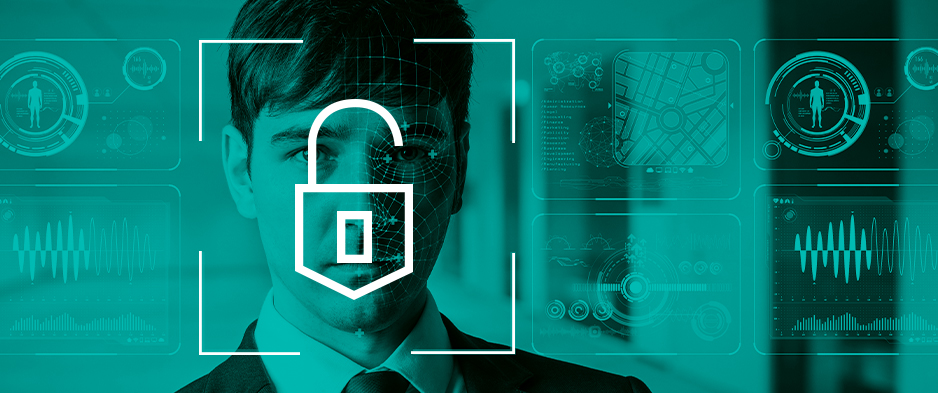In the cybersecurity landscape, deepfake technologies are set to become a major threat to businesses in 2021. In an economic scenario already shaken by COVID-19, this could lead to considerable financial losses.
That’s why it’s essential to limit the vulnerability of IT security, with solutions able to anticipate attacks on companies. This will be the challenge of cybersecurity in 2021.
Deepfakes and cyber-attacks on businesses
With deepfakes, virtual attacks become yet again more personal. The falsification of video and audio is a widespread phenomenon, used to manipulate reality and public opinion for the purposes of defamation, propaganda, psychological terrorism and more.
Lately, deepfakes have become also common in the business world and represent a growing threat to corporate cybersecurity. The huge amount of corporate digital data available online offers continuous opportunities for cyber-attacks aimed at simulating prominent exponents in order to manipulate others and commit crimes against companies.
For example, multiple cases have been reported of cybercriminals using artificial intelligence-based deepfake technologies to impersonate CEOs to request the fraudulent transfer of corporate funds.
With the rise of personal information available online, new social engineering techniques such as deepfake video and audio will change the cyber threat landscape. Especially given the technical feasibility and affordability of these technologies, which make them accessible to criminal organizations of all sizes.
Deepfake: fighting AI with AI
Cyber-attacks are nothing new in Industry 4.0. Today, companies are aware of the threats to the cybersecurity of industrial IoT systems and have solutions in place to prevent these dangers. However, deepfakes detection technology is still a developing territory.
There are some software technologies available to recognize fake video and audio, but there are also several security measures that companies can take to prevent the manipulation of their content or sensitive data. In particular, specific technologies against deepfakes based on artificial intelligence. For example, adding noise pixels in videos to prevent modification, or analyzing frames or acoustic spectrum in order to detect any distortions. In addition, it is essential to start an adequate staff training program on how to handle sensitive or confidential company information.
During the next years, the growing threat of deepfakes to organizations will force companies to use AI and machine learning to develop technologies that can autonomously and quickly prevent the spread and use of fraudulent audio and video.

